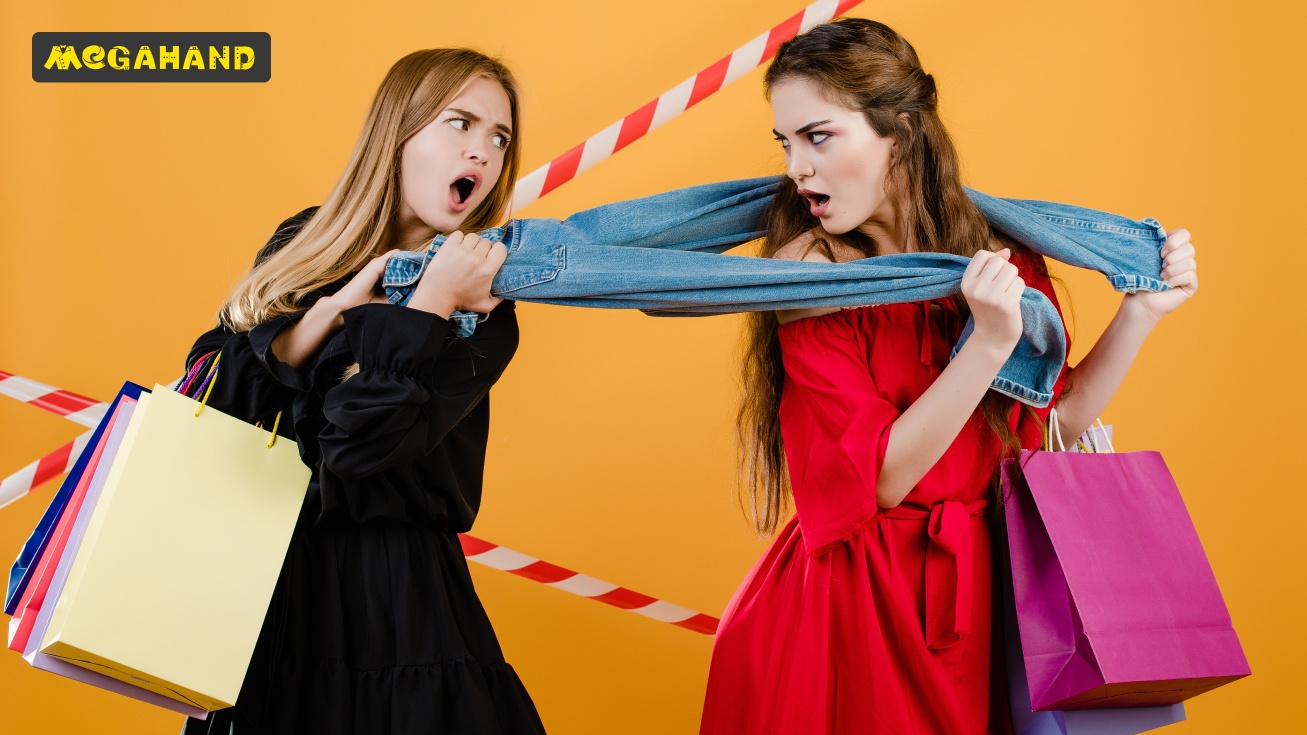The fashion world offers an endless variety of styles and approaches to building a wardrobe. However, when it comes to choosing where to buy clothes, two diametrically opposed philosophies often arise: some are sure that it’s worth buying “only second hand”, others categorically declare “no second hand”. Each of these positions has its own arguments, supporters and opponents, reflecting not only personal preferences, but also broader views on consumption, ecology and economy.
Supporters of “Second Only”: Fashion with History and Meaning
The “Second Only” philosophy is gaining popularity for a reason. In an era of conscious consumerism and growing environmental awareness, buying second-hand clothing becomes a powerful statement against fast fashion. The main arguments of supporters:
- Environmental friendliness: By buying second-hand, you give things a second life, significantly reducing the harmful impact of the fashion industry on the planet - the consumption of water, energy, chemicals, as well as the amount of textile waste is reduced.
- Savings: Clothes in second-hand stores, as a rule, cost several times cheaper than new ones, allowing you to significantly save your budget or purchase high quality items from well-known brands at an affordable price. Finding affordable prices is one of the main advantages.
- Uniqueness: In a second-hand store you can find truly unique items, vintage finds that will help you create a unique style, stand out from the crowd and avoid the masses. Finding unique finds is a kind of treasure hunt.
- Quality: Often, second-hand items are made from higher quality and more durable materials than most mass-market goods today. If an item has already survived one or several owners and has retained a decent appearance, it means it was made conscientiously.
For these people, second-hand is not just a way to dress cheap, but a conscious choice, a lifestyle and an opportunity to express their individuality.
Fans of “No Second Hand”: Preferring the new and proven
At the other pole are those who fundamentally do not buys clothes at a second-hand store. Their motivation can vary and is often related to personal preferences, concerns or even prejudices:
- Hygiene: The main concern of many is the issue of cleanliness and hygiene. Even though second-hand stores are required to sanitize, some people still feel uncomfortable at the thought of wearing clothes that someone else has already worn.
- Bias and Stereotypes: Parts of society still have a stereotype of second-hand shopping as unfashionable, poor, or even “dirty.”
- Desire for new things: Some people just like it the feeling of a new thing - its smell, the absence of signs of wear, the knowledge that you are the first owner.
- Issues of “energy”: A less rational, but existing argument is the fear of the “alien energy” of things.
For this group of people, predictability, confidence in novelty and cleanliness, as well as compliance with current trends that are easier to find in regular stores are important.
Megahand in Rustavi: A bridge between philosophies?
Where in this dilemma is the place for a large second-hand store, such as Megahand in Rustavi, Georgia? Large chain stores are changing the idea of second-hand shopping, making it more attractive and accessible even to those who previously shunned the idea.
Megahand offers a huge wide range of clothing, shoes and accessories. This is not a small shop with dusty things, but a spacious store with a modern approach. Key aspects that may convince skeptics:
- Scale and selection: Thanks to large supplies, the range is updated very often, offering items in a wide range of styles, sizes and brands. The chance of finding something suitable and fashionable is very high.
- Processing standards: Large chains, as a rule, strictly adhere to the standards of quality and sanitary processing of clothing, which minimizes hygienic risks, which are the main concern for many.
- Organization of space: Clothes are hung by categories, sizes, which makes the selection process convenient and enjoyable, similar to shopping in a regular store.
A visit to Megahand in Rustavi can be a revelation both for staunch supporters of second-hand shopping, who find a huge variety there, and for those who have never dared to go to such a store, offering them a more civilized and safe experience.
Ultimately, the choice between “only second-hand” and “no way second-hand” is a personal decision. However, thanks to places like Megahand, the line between these philosophies is becoming less sharp, and more people are discovering the benefits of smart consumption and the unique style that quality thrift stores can offer.
Comparing Philosophies
| Criterion | Thrift Only Philosophy | Philosophy “No second hand” |
|---|---|---|
| Environmental impact | Extremely low (reuse, waste reduction) | High (production, resource consumption, waste) |
| Price | Significantly below market | Standard market prices |
| Uniqueness and style | High opportunity to find exclusive and vintage items | Orientation to current mass market or luxury trends |
| Cleanliness and hygiene | Depends on the standards of the store (in large networks, like Megahand, high level of processing) | Assumed to be ideal (new item) |
| Quality of things | You can often find things made from more durable materials | Varies from brand to brand, often focused on quickly changing collections |
| Purchase experience | "Treasure hunt", an element of luck, takes time | Predictable assortment, easy selection of current models |
| Social perception | Positive perception is growing (conscious consumption, style) | Traditional, generally accepted |


